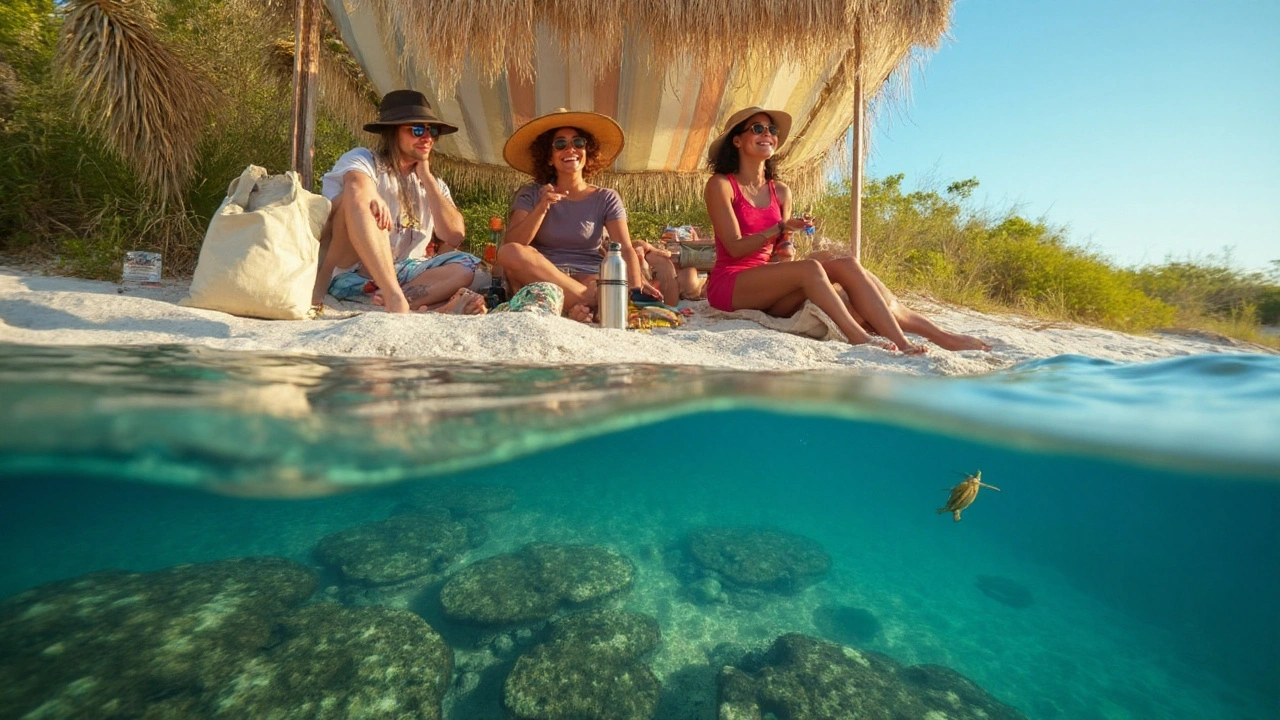Sunscreen Pollution: What It Is and How to Cut It Out
Ever wonder why beaches sometimes look a little cloudy after a sunny day? That thin, oily film is often sunscreen that washed off swimmers and slid into the sea. The chemicals in many popular sunscreens don’t just disappear – they stay in the water, stick to coral, and can mess with tiny marine life. This is what we call sunscreen pollution.
Not every sunscreen is a troublemaker. The problem lies in a handful of ingredients that were added to protect our skin but turn out to be toxic for fish, coral, and even the tiny plankton that form the base of the food chain. When those chemicals pile up, they can bleach coral, stunt growth, and make marine ecosystems weaker.
Which Sunscreen Ingredients Cause the Most Harm?
Two chemicals get the most heat: oxybenzone and octinoxate. Studies show they can trigger coral bleaching at surprisingly low concentrations. Other culprits include homosalate, octocrylene, and certain parabens. These compounds are oily, so they cling to skin and then wash off with every splash. Over time, they accumulate in sediments and can travel far from the original beach.
If you’re not sure what’s in your bottle, check the label. Anything that lists “oxybenzone,” “octinoxate,” “homosalate,” or “octocrylene” is a red flag if you care about marine health. Even “broad‑spectrum” doesn’t guarantee safety for the ocean.
Easy Swaps for an Eco‑Friendly Sun Routine
Switching to a reef‑safe sunscreen is simpler than you think. Look for sunscreens that use mineral filters like zinc oxide or titanium dioxide. These minerals sit on top of the skin and reflect UV rays without sinking into the water. Choose “non‑nano” versions – the particles are larger and less likely to be ingested by marine organisms.
Besides the active ingredients, check the packaging. Sunscreens in recyclable tubes or pump bottles generate less waste. If you’re heading to a pristine spot, consider wearing protective clothing, a hat, or a UV‑blocking shirt. That cuts the amount of sunscreen you need to apply in the first place.
One practical tip: apply sunscreen at least 15 minutes before you hit the water. This gives the product time to bind to your skin, which reduces the amount that washes off. Reapply only when you’re back on land or after a long swim, not every two hours if you’re staying dry.
For those who love diving or snorkeling, there are specially formulated reef‑safe sunscreens that meet strict environmental standards. Some brands even get certified by organizations like the Environmental Working Group (EWG) or have a “Reef Friendly” seal.
In short, sunscreen pollution isn’t something you have to live with. By reading labels, choosing mineral‑based products, and timing your application, you can protect your skin and keep the water clear for the fish and corals you love. The next time you pack for the beach, grab a reef‑safe bottle and enjoy the sun without the guilt.
Sunburn doesn’t just hurt skin-it harms reefs, air, and water. Learn science-backed ways to prevent burns while cutting waste, chemicals, and pollution.
Sep, 4 2025

